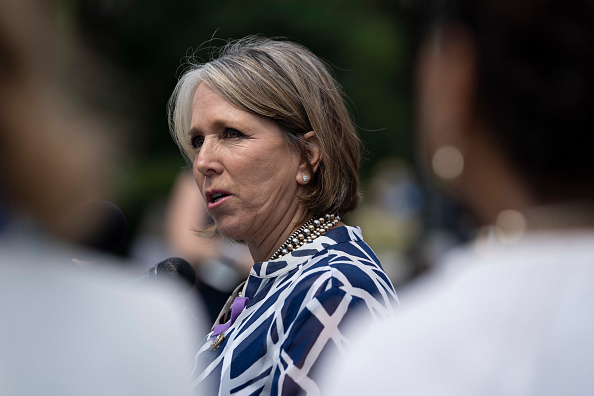While President Trump continues to send additional military forces to the southern border, the Democratic governor of New Mexico is defying him by doing the reverse: she’s pulling out most of the state’s National Guard troops sent there by her Republican predecessor.
“We will not militarize the border” Gov. Michelle Lujan Grisham told reporters in Santa Fe yesterday. “We will not use our assets, including the National Guard, in an inappropriate way.”
Lujan Grisham has referred to Trump’s talk of a migrant crisis as a “charade of border fear-mongering.”
Nearly all of the 118 National Guard troops now patrolling the border, mostly in the state’s remote desert “Bootheel” region, will leave in the next few weeks. They’ve been deployed there since last April.
Some residents of the area are concerned about a significant increase in migrants, mostly from Central America, crossing the border from Mexico.
The Albuquerque Journal reports that in the past four months, “more than 26 groups of 100 people or more, mostly parents with children and unaccompanied minors, have turned themselves in” to Border Patrol agents.
Lujan Grisham concedes that ranchers in the area have some legitimate concerns, and despite withdrawing the Guard, the state will increase border security — including better fencing, additional vehicle barriers and road improvements in the Bootheel. She has also dispatched six state police officers to assist local law enforcement.
But she described the situation not as a threat, the Journal reported, but as a “humanitarian crisis,” saying “asylum-seekers have had their constitutional rights breached by the Trump administration at official ports of entry,” which “has led to more migrant groups crossing in remote areas.”
